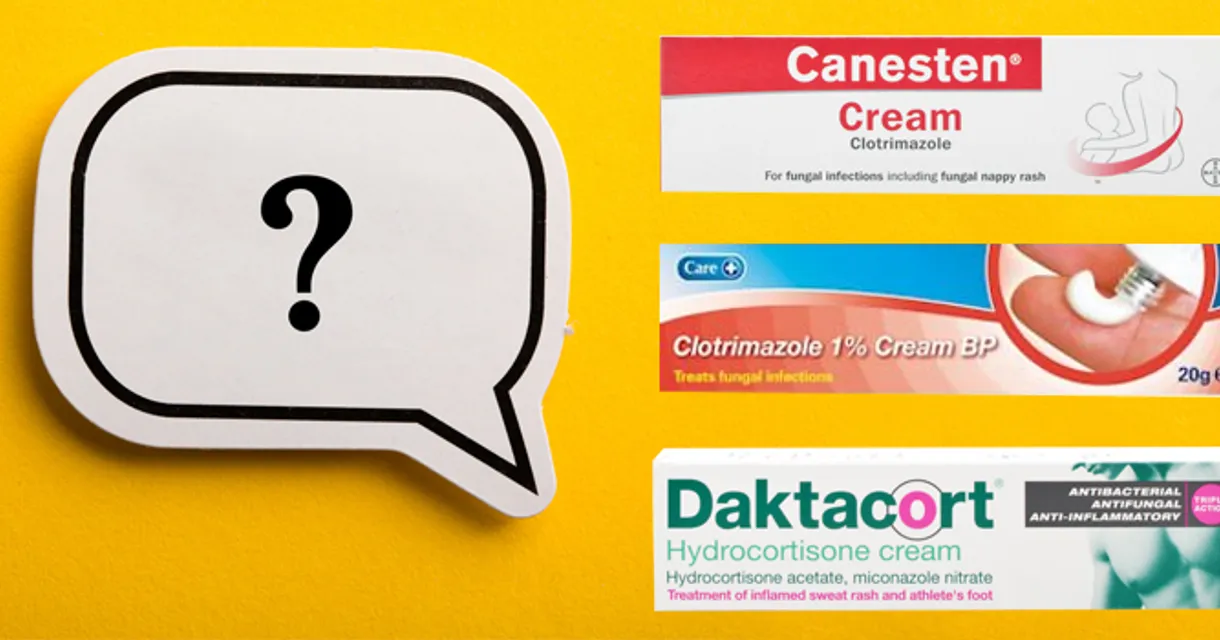Ringworm is a surprisingly common infection among children, adults and indeed pets too. However, while this infection is common, there are many misconceptions as to what the infection actually is, what causes it, and simple ways that you can strive to prevent it - particularly if you own pets.
Ringworm of the feet is actually called athlete’s foot, which is an incredibly common foot fungal problem in both children and adults, though few realise it’s actually ringworm.
There are plenty of ringworm treatments available to purchase online through Weldricks Pharmacy, but first this article will strive to answer some common questions around ringworm, what it is, what causes it and how you can treat it.
What is ringworm?
Ringworm is quite simply a fungal infection of the skin. It’s also known as dermatophytosis or tinea, and while it’s called ‘ringworm’, the infection is actually caused by a fungus and not a worm, as is commonly thought! It’s typically a rash in a ring formation, hence the name ringworm.
The ringworm infection can affect both humans and animals, and is particularly prevalent in both children and those who own cats. The ringworm infection initially presents itself with red patches on the affected areas of the skin, before later spreading to other parts of the body. You can see the symptoms of ringworm on the scalp, groin, feet, and the skin under the beard just to name a few.
While anyone can develop ringworm, both cats and dogs can catch ringworm and subsequently pass it on to humans who touch them - so pet owners are particularly at risk. Be aware of the following signs in your pets:
- Crusty or scaly patches
- Hairless, circular patches of skin
- Patches with brittle or broken hairs
- Opaque or white areas around the claws
It’s important to note that you may be more likely to develop ringworm if you come into contact with the fungus while you’re wet or have minor skin injuries or abrasions. Using a public shower or public pool areas can also expose you to the ringworm infection.
What causes ringworm in humans?
Ringworm can be caused by three different types of fungi, which are called trichophyton, microsporum and epidermophyton.
These fungi may live for an extended period of as spores in soil, and humans and animals can contract ringworm after direct contact with soil. The ringworm infection can also spread through contact with infected animals or humans, as well as through public pools and showers. Ringworm is most commonly spread among children while sharing items that aren’t clean.
What are the symptoms of ringworm?
The symptoms of ringworm will vary greatly depending on where it is that you’ve caught the infection. With a skin infection, you may experience symptoms like red or itchy raised patches of skin, patches of skin that develop blisters or begin to ooze, patches of skin that resemble a ring, or patches of skin which have edges that are defined and raised.
If you’re experiencing ringworm in your nails they may become discoloured and thicker, or begin to crack.
For ringworm in the scalp, you may notice the hair around it breaking or falling off, or bald patches developing.
How do you treat ringworm?
Ringworm infections are contagious, so it’s important to start to treat the infection as quickly as possible, particularly because the treatment can take up to 10 days to cure the infection.
The most effective method of ringworm treatment is to apply an antifungal cream containing either Clotrimazole or Miconazole. These antifungal creams provide a safe and effective method of getting rid of a ringworm infection, killing the yeast and any associated bacteria when applied to the affected area.
We offer a variety of different ringworm antifungal creams available to purchase online or in store. Including popular products like Canesten, Daktacort and Clotrimazole, you can pick up a treatment for your ringworm infection quickly and easily with Weldricks.
